Dyslexia is a developmental disorder. It manifests as difficulties in learning to read, write, and analyze language. It is usually diagnosed in the first years of school education – in children aged 7-9.
Although people with this condition may have average or even higher intellectual abilities, problems in acquiring reading and writing skills make the educational process challenging.
It may also be accompanied by:
Most often, difficulties in reading and writing are noticed only during the initial education period, although they should be noticed in the preschool and the first grade. You should pay particular attention to children at risk of dyslexia![]() . It may concern those who have had an abnormal pregnancy and childbirth, as well as those who have a family history of similar disorders.
. It may concern those who have had an abnormal pregnancy and childbirth, as well as those who have a family history of similar disorders.
Children from the dyslexia risk group![]() in infancy and post-infantile age most often show speech and motor development delays. Their first words, simple and complex sentences, appear later than their peers. Developmental achievements such as walking, running, trying to draw, and self-service activities such as washing hands, eating with a spoon, and dressing are developed quickly.
in infancy and post-infantile age most often show speech and motor development delays. Their first words, simple and complex sentences, appear later than their peers. Developmental achievements such as walking, running, trying to draw, and self-service activities such as washing hands, eating with a spoon, and dressing are developed quickly.
During preschool, typical symptoms suggesting that a child is at risk of dyslexia are reduced motor skills. Children are not eager to participate in physical games, they have difficulty learning to ride a tricycle, they are poor at running, and have problems with maintaining balance. In terms of manual skills, they show reluctance to play manipulative games and self-service. They hold the pencil or pen incorrectly and press it too hard when drawing.

Eye-hand coordination is also weaker. It manifests in difficulties in building with blocks, the primitivism of drawings, and the inability to reproduce a circle, a square, a cross, and a triangle.
Moreover, these children show no preference for one hand. Difficulties in jigsaw puzzles and putting together pictures cut into pieces are symptoms of visual perception and memory disorders.
Significant symptoms of dyslexia![]() that you can often encounter are:
that you can often encounter are:
In the motor sphere, children of 6-7 years of age suspected of dyslexia often struggle to ski, throw, and catch a ball. They tie shoelaces with less precision, eat with cutlery, and have difficulty using scissors or drawing complex geometric figures and patterns. The process of lateralization and orientation in the body schema is delayed, so they confuse right and left.
They manifest difficulties in arranging pictures from elements according to a pattern, separating details that distinguish two images, and distinguishing similar shapes of figures or letters. They confuse, for example, the letters m-n and l-t, letters located differently in space, e.g., p-g-b-d.
Children at risk of dyslexia suffer from poor pronunciation and grammatical errors. They have, among other things, difficulties with the correct use of prepositional phrases defining spatial relations: under-above, behind-before, difficulties in remembering rhymes and songs, and longer commands and names. There are also problems with remembering material arranged in series and sequences, e.g., names of days of the week or digital series. There are also difficulties differentiating similar sounds z-s, b-p, and k-g (phoneme hearing disorders) and analyzing and synthesizing sounds and syllables.
Since learning to read and write begins in first grade, these children demonstrate a slow pace in both activities. When reading, they spend a long time pronouncing or misspelling words and not understanding the text they have read. They usually use a mirror image when writing letters and numbers, writing from right to left.
Specialists believe that the causes of developmental dyslexia are connected to the incorrect functioning of the central nervous system. The causes![]() of the disorders include genetic, organic, and hormonal factors, delayed maturation of the central nervous system, and psychological factors.
of the disorders include genetic, organic, and hormonal factors, delayed maturation of the central nervous system, and psychological factors.
The first concept – genetic – assumes the inheritance of changes in the central nervous system that affect reading and writing difficulties. Research on the brain structure proves the incomplete development of one of the structures of the left hemisphere. Other researchers, in turn, assume that dyslexia is linked to the “Y” gene, determining the male gender. That is why it occurs four times more often in boys.
Another concept of dyslexia is biological causes, including organic damage to the structure of the areas of the brain responsible for reading and writing, which may be caused by chemical, physical, and biological factors acting on the nervous system in the perinatal period.
A possible cause of the disorder may also be the prenatal overproduction of the male hormone testosterone, which disrupts the functioning of the immune system, blocking the development of the left hemisphere and thus delaying speech development in early childhood and dyslexia at school age.
Another concept is the theory of delayed maturation of the central nervous system or the occurrence of psycho-dyslexia. The latter arises as a result of emotional disorders, and the factors that cause it are mental trauma or stress.
The direct causes of dyslexia, in turn, are believed to include disorders of orientation and cognitive processes such as visual and auditory perception, memory, attention, speech, and disorders of executive processes (motor skills of hands and speech).
Dyslexia in adults![]() has symptoms very similar to those that manifest itself in the earlier years of life. Their intensity may vary. If the problem has been treated, it usually has a slightly milder form, but if the therapy has not been implemented, the symptoms may become even more severe.
has symptoms very similar to those that manifest itself in the earlier years of life. Their intensity may vary. If the problem has been treated, it usually has a slightly milder form, but if the therapy has not been implemented, the symptoms may become even more severe.
Dyslexia occurring in adults significantly lowers patients' self-esteem, causing their quality of life to deteriorate. They stop striving for self-fulfillment and development. Dyslexia in adults is the biggest problem at work or university.
For obvious reasons, problems also occur in everyday life in various areas. For a dyslexic, problems may include completing documents correctly, learning new activities, absorbing instructions, and sometimes even orientation in the field.

Dyslexia in adults has the same symptoms as in children. Unfortunately, despite this, it is challenging to make a correct diagnosis in an adult. It is crucial to find the cause of the disease. For this reason, the doctor conducts a thorough interview with the patient to, for example, see the source of the problem in inheritance. Adults with dyslexia may have difficulty counting, reading, and understanding statements.
During diagnosis![]() , an interview with the parent precedes a psychological and pedagogical examination for specific learning difficulties. The information mentioned above is significant to assess the risk of dyslexia in early childhood. Important information about the child is also provided by the information examination from the school and the analysis of submitted written works and school notebooks. In the diagnosis, in addition to specialized research methods in the psychology and pedagogy field indicating the symptoms of dyslexic disorders, it is essential to exclude disorders that may result in errors and problems with mastering writing and reading skills. Therefore, expanding the diagnostics to include the results of ophthalmological, laryngological, and neurological examinations is necessary.
, an interview with the parent precedes a psychological and pedagogical examination for specific learning difficulties. The information mentioned above is significant to assess the risk of dyslexia in early childhood. Important information about the child is also provided by the information examination from the school and the analysis of submitted written works and school notebooks. In the diagnosis, in addition to specialized research methods in the psychology and pedagogy field indicating the symptoms of dyslexic disorders, it is essential to exclude disorders that may result in errors and problems with mastering writing and reading skills. Therefore, expanding the diagnostics to include the results of ophthalmological, laryngological, and neurological examinations is necessary.
The examination procedure for the final diagnosis assumes that the child has no other type of disorder that may affect reading and writing. For this purpose, appropriate medical documentation must be provided. Moreover, the student's difficulties persist even though they have worked at school and home to improve their writing in terms of spelling, graphics, and reading through systematic exercises. Therefore, it is advisable to provide materials developed by the child (especially at home) for the examination. The student knows the spelling rules but may struggle with their practical application.
Developmental dyslexia is only diagnosed when the child does not suffer from other conditions, e.g.
The disorder cannot be diagnosed if the child's intellectual development is below average. If a child is diagnosed with a disorder, it is worth using modern methods to support their development. The way to get to the cause and cure the problem is the Warnke method.
There is no single dyslexia test that would immediately diagnose the disorder in a child. It is necessary to carry out many examinations and tests to assess the capabilities of the young patient. Many specialists in the pedagogy, psychology, phoniatrics, neurology, psychiatry, ophthalmology, and laryngology fields are involved in examining the child.
A public psychological and pedagogical clinic, a public specialist clinic, a private psychological and pedagogical clinic, or a private specialist clinic may issue the final assessment of the patient's health condition.
Dyslexic disorders should never be underestimated. Specific exercises for dyslexic children![]() are still a popular way to help. Increasing the amount of training in reading, writing, math tasks, or solving puzzles can be helpful. You can also find exercises for children with dyslexia on the Internet. There are also particular exercise books for dyslexics available on the market.
are still a popular way to help. Increasing the amount of training in reading, writing, math tasks, or solving puzzles can be helpful. You can also find exercises for children with dyslexia on the Internet. There are also particular exercise books for dyslexics available on the market.
Modern methods not only allow you to locate the source of the problem and eliminate the symptoms, but above all, they improve the child's functioning at school. The most popular method of treating developmental dyslexia in children and acquired dyslexia in adult patients is the Warnke method. The therapy may also be based on the EEG Biofeedback![]() use, the Orton-Gillingham procedure
use, the Orton-Gillingham procedure![]() , and multisensory structured language education
, and multisensory structured language education![]() (MSLE). Some clinics also provide classes for children with dyslexia, as well as for adults with dyslexia.
(MSLE). Some clinics also provide classes for children with dyslexia, as well as for adults with dyslexia.
Parents and adult dyslexics often wonder whether dyslexia can be cured. Unfortunately, dyslexia cannot be healed. Appropriate therapy can affect the ability to read, write, count, or spell, but a complete cure is impossible because dyslexia is a neurological disorder.
The Warnke method![]() is a way of getting to the root of the problem and working to improve the child's situation. Warnke method therapy is intensive and consists of several elements.
is a way of getting to the root of the problem and working to improve the child's situation. Warnke method therapy is intensive and consists of several elements.
It begins with diagnostics of cognitive activities, assessing the scope of the automation of processing perceptual signals. Diagnosing a learning disorder allows you to move on to the next stage – starting therapeutic meetings.
After thoroughly understanding the student's problems, you can begin practical exercises based on individually developed training programs and therapeutic recommendations. The therapy includes training in 8 primary functions, lateral training that synchronizes the work of the cerebral hemispheres, and visual spelling training.
In addition to working with a therapist, the child performs appropriate exercises at home using special equipment. An essential advantage of the therapy is its attractive form, resembling play rather than work, motivating the child to achieve increasingly higher training results.
Warnke method therapy influences the proper development of cognitive processes and provides practical learning strategies. Compensating for deficits in central information processing in early childhood gives a solid basis for achieving academic success at every stage of life. The achieved therapy results are permanent by effectively removing the source of difficulty.
Knowing what dyslexia and dysgraphia are and understanding these problems makes it easier to help your child. There are several methods and behaviors of parents![]() that can improve the functioning of a child with dyslexia. If the dyslexic has siblings (especially older ones) who did not have and do not have learning difficulties, these are recommendations also for the siblings.
that can improve the functioning of a child with dyslexia. If the dyslexic has siblings (especially older ones) who did not have and do not have learning difficulties, these are recommendations also for the siblings.

It is significant to provide praise and active support to dyslexic children, as they need three times more time to master material than their peers. Obtaining an opinion from a psychological and pedagogical counseling center on specific learning difficulties is the first and not the last step toward overcoming them. The diagnosis of dyslexia means that the child and its parents will have to take specific actions.
If you are the parent of a child with dyslexia, show understanding and acceptance. Do not release them from the daily requirements and the obligation to improve their impaired functions. The child should regularly participate in corrective and compensatory classes and systematically perform exercises at home. Follow the daily schedule and ensure that the homework space is organized appropriately. Always work with your child at a similar time and place. Make sure the study room is quiet and calm.
Children with dyslexia usually devote more time to learning than their peers. That is why the child should not be overtired. Additionally, ensure you have enough pleasure and fun in your free time. Talk to your child about dyslexia. That is because the child must understand what their difficulties are, what purpose they serve, and what effects therapy should bring.
Praise your child even for the littlest successes, focus on their progress, not their difficulties, emphasize their strengths, and never punish them for failures.
Table of Contents
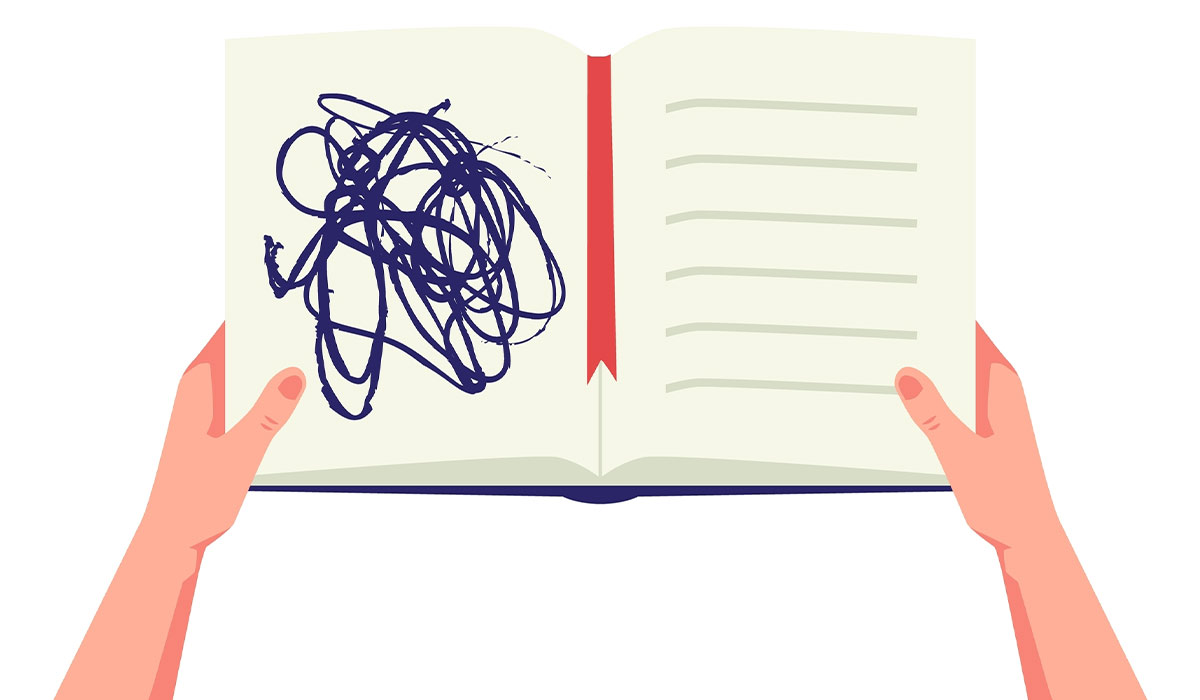
Dyspraxia is a perceptual and motor dysfunction manifested by developmental coordination disorders. How does it manifest itself? What is the… read more »
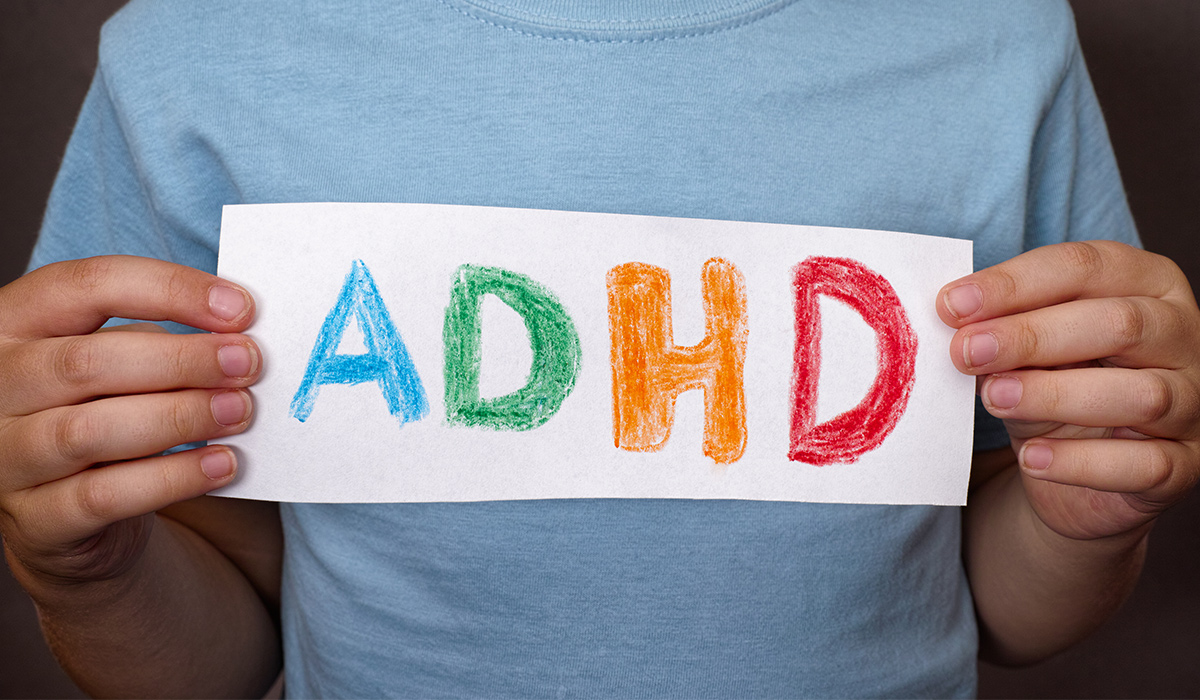
ADHD, or attention deficit hyperactivity disorder, is the general name for behavioral disorders. It is most common in children and… read more »
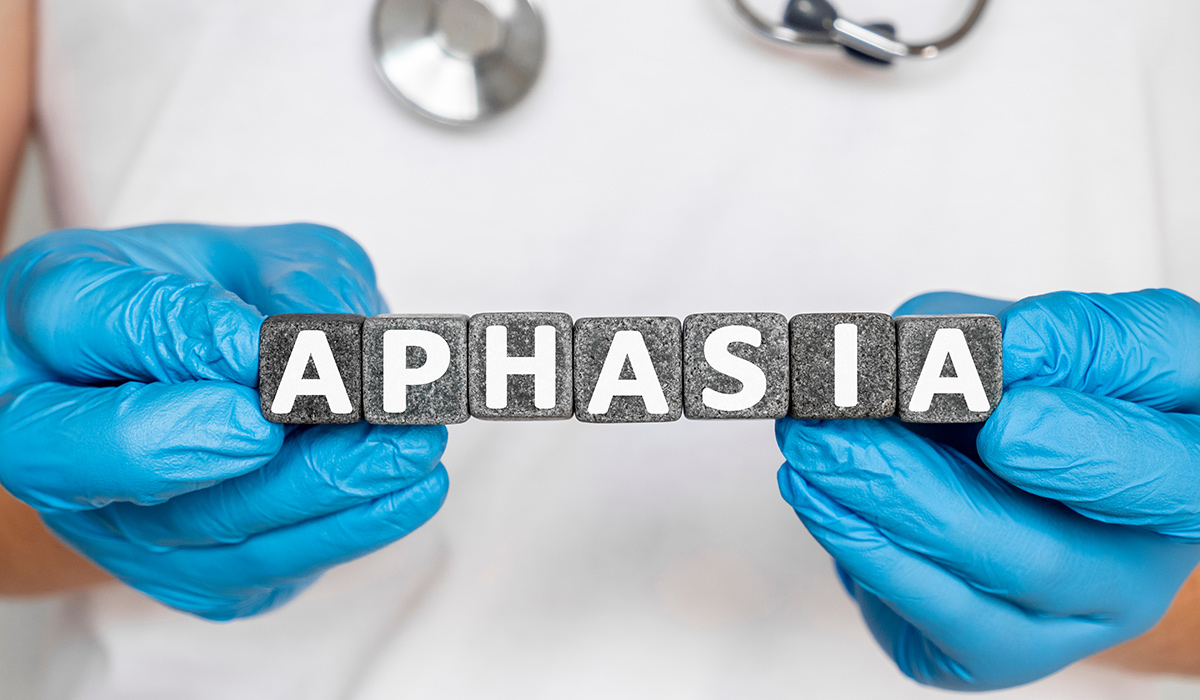
Aphasia is the loss of language abilities in various areas – understanding speech, pronouncing logical sentences, naming objects. What are… read more »

Autism Spectrum Disorders (ASD) are a group of developmental disabilities. Check out the symptoms and diagnosis. Learn, how to help… read more »
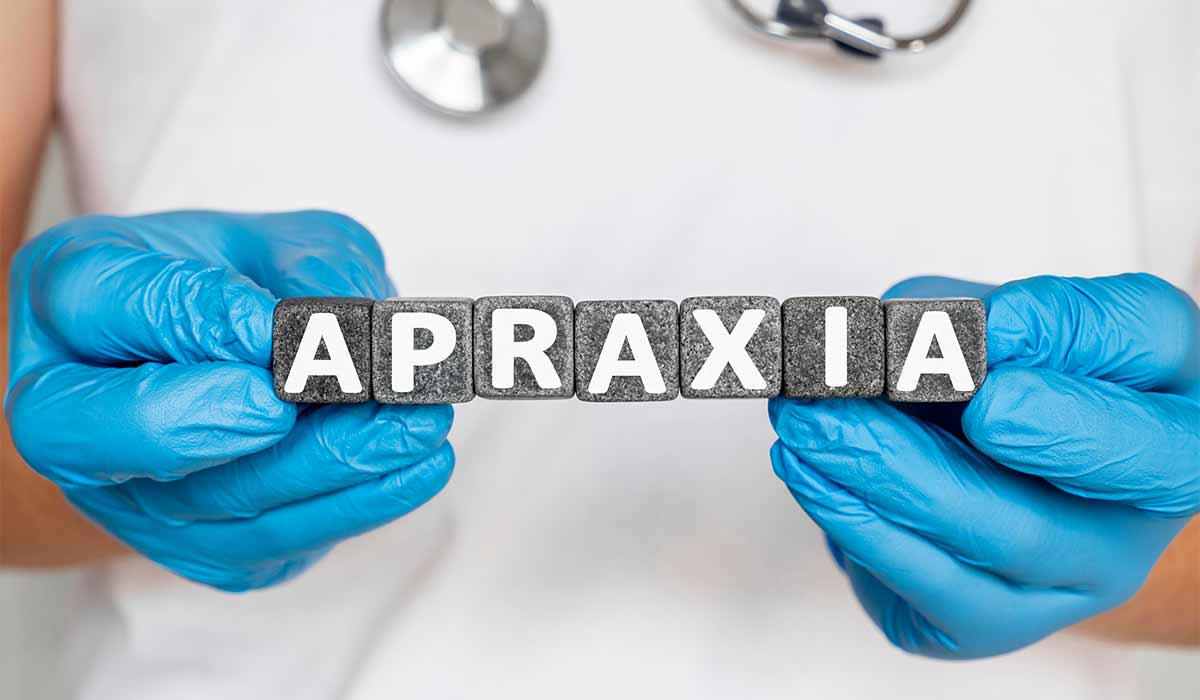
Apraxia is a neurological disorder. It is the inability to perform known movements or activities on command. How can it… read more »
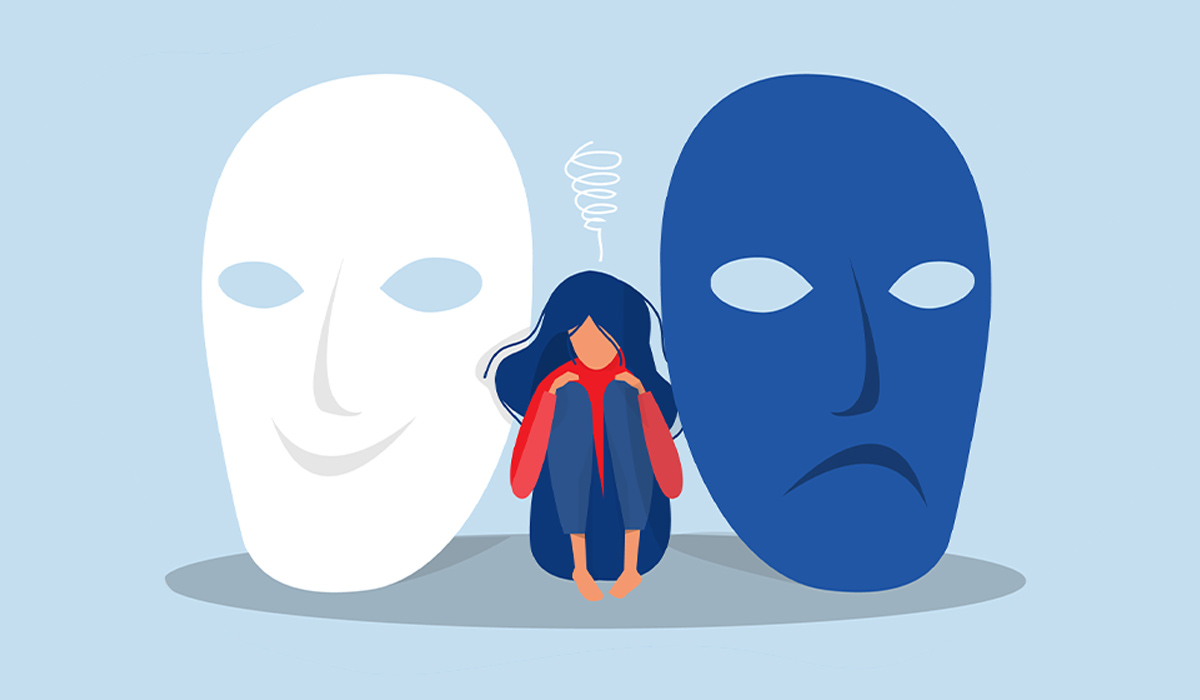
Bipolar disorder is a mental disorder characterized by the alternation of extremely different mental states – depression and mania. What… read more »
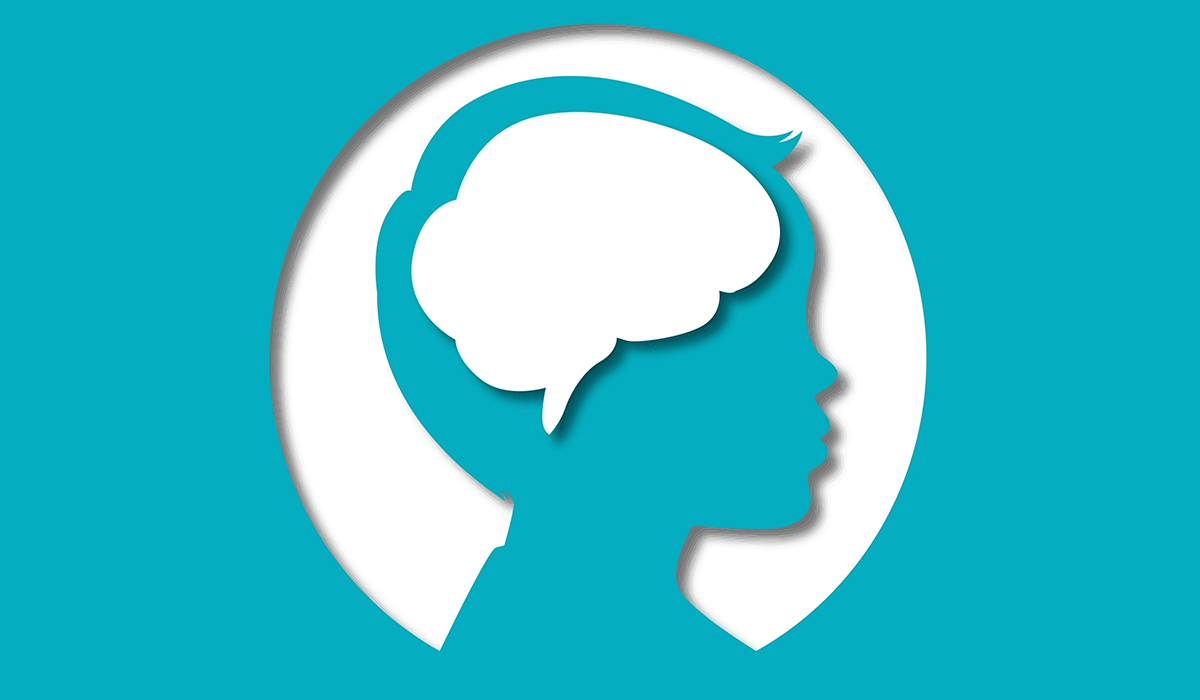
Cerebral palsy is a set of disorders characterized by impaired psychomotor development. What are its causes? What is the treatment… read more »
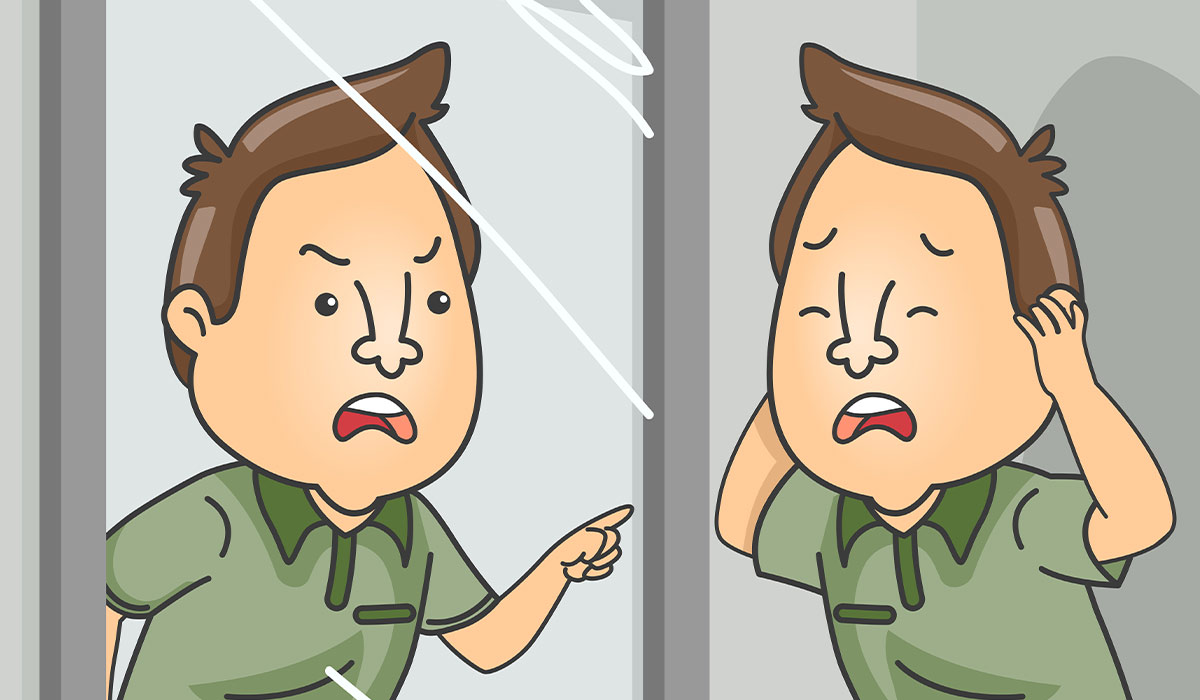
Dissociative identity disorder Ii is characterized by the presence of at least two independent and different personalities in one person.… read more »
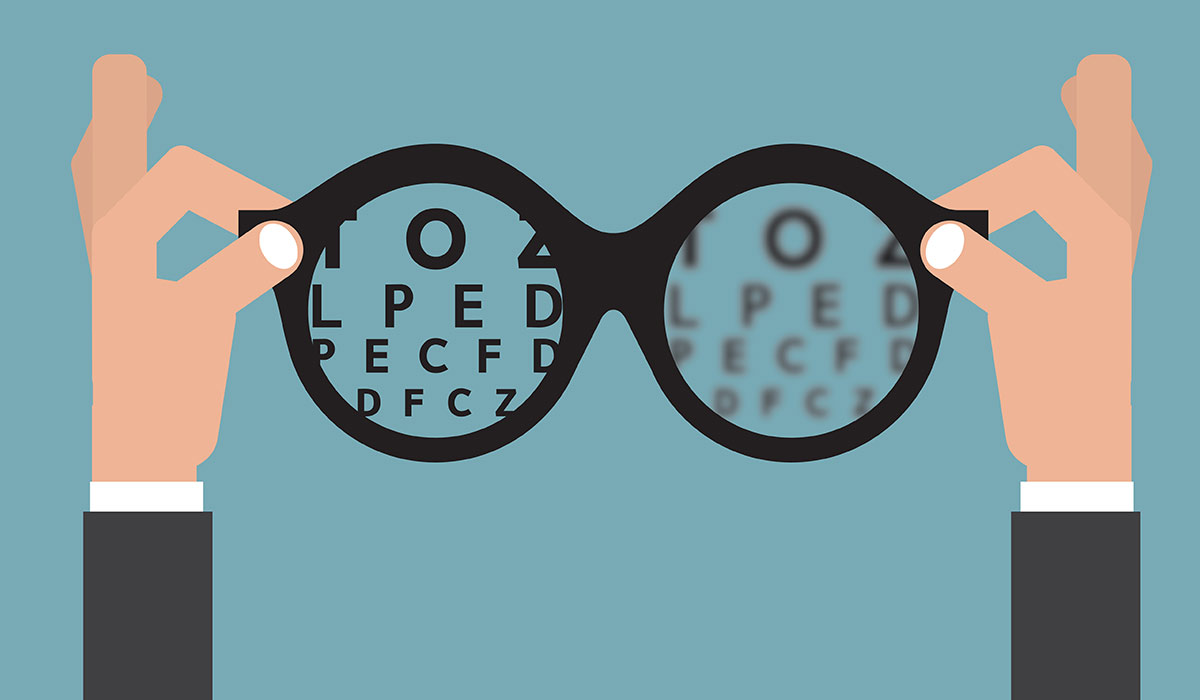
Myopia, also called nearsightedness, is an eye condition in which distant objects appear blurry. Here is everything you need to… read more »